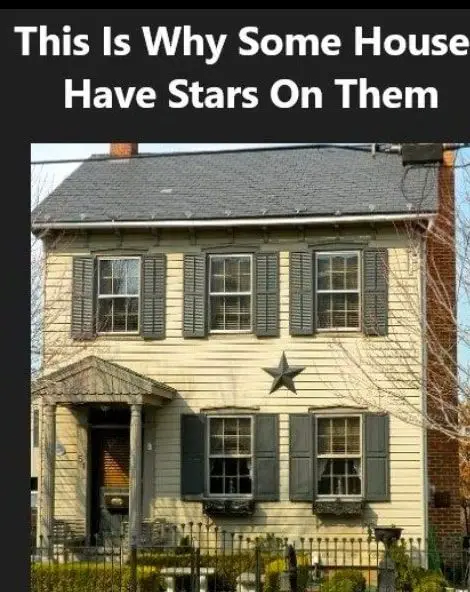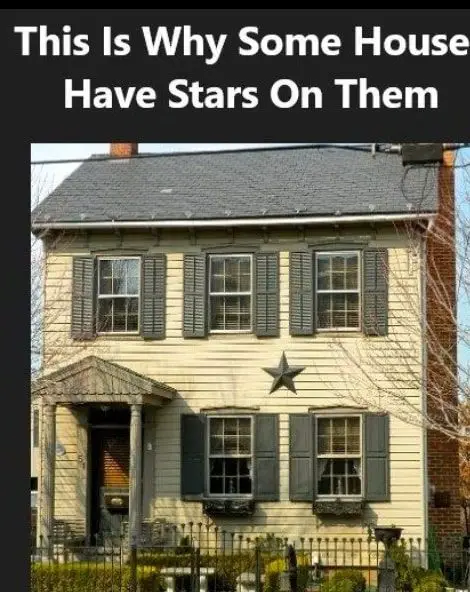Barn stars, commonly seen on barns across rural America, have a rich history deeply rooted in Pennsylvania Dutch traditions. These stars, often colorful and ornate, were originally used by German-American farmers as decorative symbols believed to bring protection and prosperity to their homes and farms. Different colors of barn stars represent various meanings—green for growth and fertility, blue or black for protection, and brown for friendship.

The origins of barn stars date back to the 1830s and are often intertwined with another traditional symbol, the hex sign. Hex signs, which became popular in the 1920s, were initially misinterpreted as having supernatural powers but were originally inspired by quilt patterns. The confusion between barn stars and hex signs grew over time, and by the 1950s, both symbols became associated with Pennsylvania Dutch culture, attracting attention as tourist symbols.
According to Patrick Donmoyer from Kutztown University, these stars were not initially tied to superstitions or mystical powers but were simply part of the everyday life and culture of the Pennsylvania Dutch community. However, over time, they came to be seen as protectors against evil spirits, making their way into popular folk traditions. The stars’ use evolved into a decorative expression of heritage, rather than just a functional or superstitious tool.
The lasting appeal of barn stars lies in their blend of artistry and symbolism, making them a distinctive feature in rural America. Today, barn stars are used both as a nod to tradition and as stylish outdoor decorations, appearing on homes, barns, and gardens far beyond their origins.
In conclusion, barn stars carry a meaningful legacy that connects modern homeowners and decorators with a centuries-old tradition. Whether as a statement of protection, growth, or simply a beautiful ornament, these stars continue to adorn properties across the U.S., reminding us of the cultural heritage they represent.

